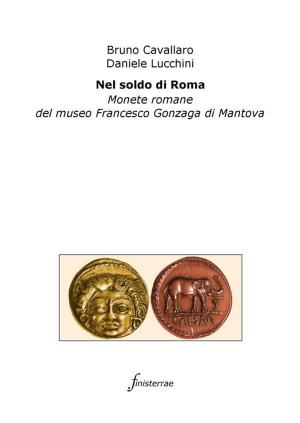In the Lands of the Enchanted Moorish Maiden: Islamic Art in Portugal (Islamic Art in the Mediterranean)
Nonfiction, Art & Architecture, General Art, Travel, History| Author: | Cláudio Torres, Santiago Macias, Susana Gómez | ISBN: | 9783902782137 |
| Publisher: | Museum With No Frontiers, MWNF (Museum Ohne Grenzen) | Publication: | December 15, 2009 |
| Imprint: | Language: | English |
| Author: | Cláudio Torres, Santiago Macias, Susana Gómez |
| ISBN: | 9783902782137 |
| Publisher: | Museum With No Frontiers, MWNF (Museum Ohne Grenzen) |
| Publication: | December 15, 2009 |
| Imprint: | |
| Language: | English |
Portugal is a terrain particularly propitious for salutary re-evaluations in order that some highly damaging clichés may be challenged. In the Iberian Peninsula, for instance, the first major rupture of civilisation took place, not in the eighth century a period which is traditionally spoken about as one of major Arab ‘invasions’ but definitely during the Christian Reconquest in the southern lands, with the introduction of the first foreign garrisons and a new social order. Indeed, contrary to the mythology, it is precisely because of the formidable development of maritime routes that had already opened the region to the exchange of goods and ideas that the Muslim civilisation did not have to impose itself by the sword. Instead, passively, Islamic culture moved into the local practices and modes of living. Furthermore, during the eighth and thirteenth centuries, and bearing in mind that the region was quite some distance from the political centres of Cordoba and Seville, it was not subject to major religious or palatine programmes and the recurring flowering of regional autonomy was a concept immediately embraced by the native population. Five centuries of Muslim presence have left no spectacular traces, but in the handling of volume, in the techniques of construction, in the additional functional or decorative pieces in common architecture, the Andalusian symbiosis remains deeply engraved in the legacy. Without it, one could not explain the sixteenth-century explosion of Mudéjar decoration, or that of Manuelin art, or the Gothic of Alentejo where audacious vaults combine with delicate framing and skilful polychrome finishes of the Azulejo. This ‘Moorish’ legacy however can also be perceived today in rich mosaics and in the plaintive sound of the popular choirs of Alentejo. It can be seen in the contained tracery of Coimbra weaves and in the skilful ornamentation of Redondo ceramics. It informs the design of gardens, in the flavour of an escabeche, and has informed literature in the legend of the Enchanted Moorish Maiden.
Portugal is a terrain particularly propitious for salutary re-evaluations in order that some highly damaging clichés may be challenged. In the Iberian Peninsula, for instance, the first major rupture of civilisation took place, not in the eighth century a period which is traditionally spoken about as one of major Arab ‘invasions’ but definitely during the Christian Reconquest in the southern lands, with the introduction of the first foreign garrisons and a new social order. Indeed, contrary to the mythology, it is precisely because of the formidable development of maritime routes that had already opened the region to the exchange of goods and ideas that the Muslim civilisation did not have to impose itself by the sword. Instead, passively, Islamic culture moved into the local practices and modes of living. Furthermore, during the eighth and thirteenth centuries, and bearing in mind that the region was quite some distance from the political centres of Cordoba and Seville, it was not subject to major religious or palatine programmes and the recurring flowering of regional autonomy was a concept immediately embraced by the native population. Five centuries of Muslim presence have left no spectacular traces, but in the handling of volume, in the techniques of construction, in the additional functional or decorative pieces in common architecture, the Andalusian symbiosis remains deeply engraved in the legacy. Without it, one could not explain the sixteenth-century explosion of Mudéjar decoration, or that of Manuelin art, or the Gothic of Alentejo where audacious vaults combine with delicate framing and skilful polychrome finishes of the Azulejo. This ‘Moorish’ legacy however can also be perceived today in rich mosaics and in the plaintive sound of the popular choirs of Alentejo. It can be seen in the contained tracery of Coimbra weaves and in the skilful ornamentation of Redondo ceramics. It informs the design of gardens, in the flavour of an escabeche, and has informed literature in the legend of the Enchanted Moorish Maiden.















